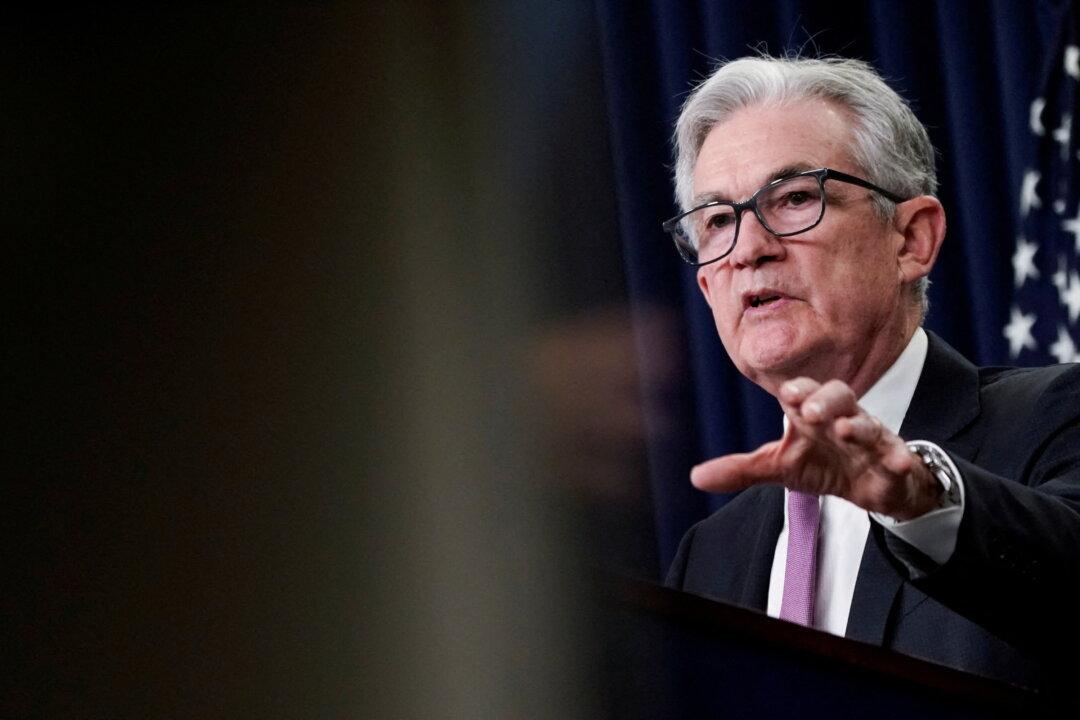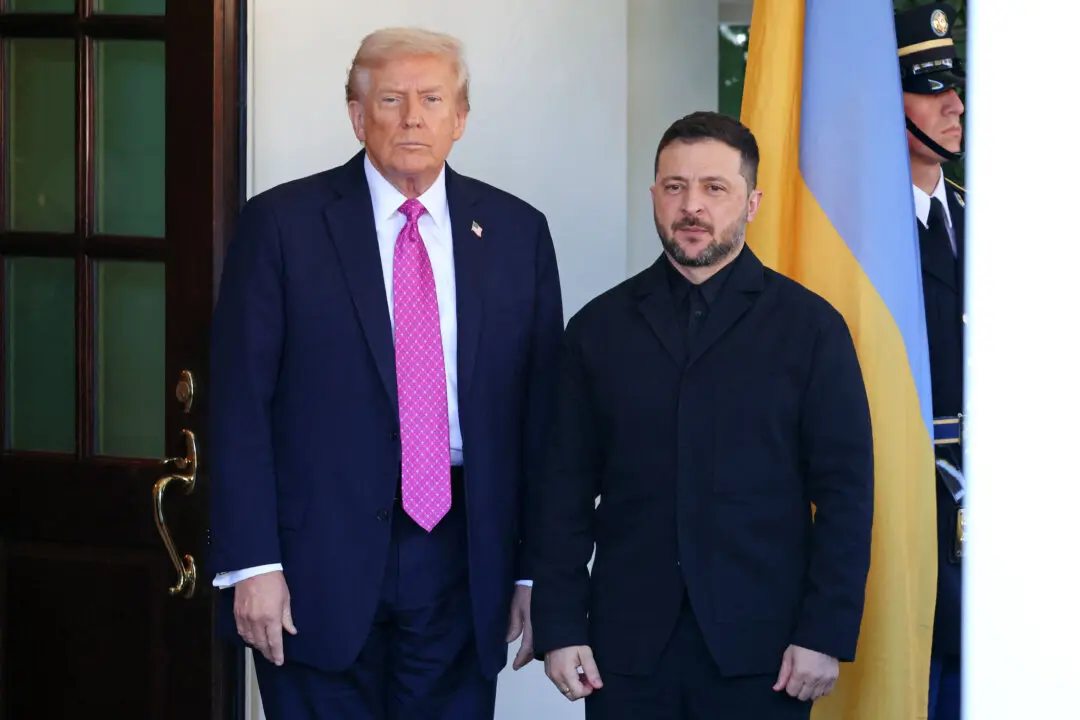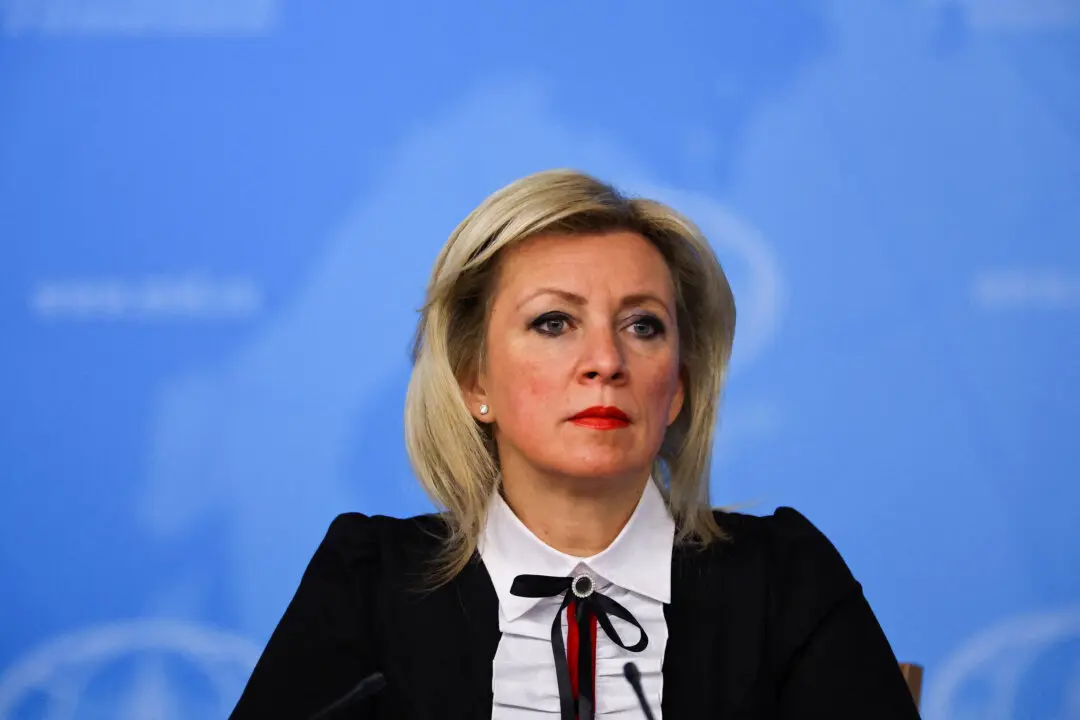Clouds are darkening on America’s economic horizon as a large number of sidelined workers force businesses to raise wages to attract talent, adding to inflationary pressures and pushing the Fed to keep tightening aggressively, according to an economist and professor at King’s College, who warned that the country is perched on “the brink of a deeper recession.”
Brian Brenberg, an executive vice president and associate professor of Business at King’s College, told Fox News in an interview that aired Wednesday that a troubling number of Americans have dropped out of the workforce, forcing businesses to compete for labor by hiking wages, pushing inflation higher.





